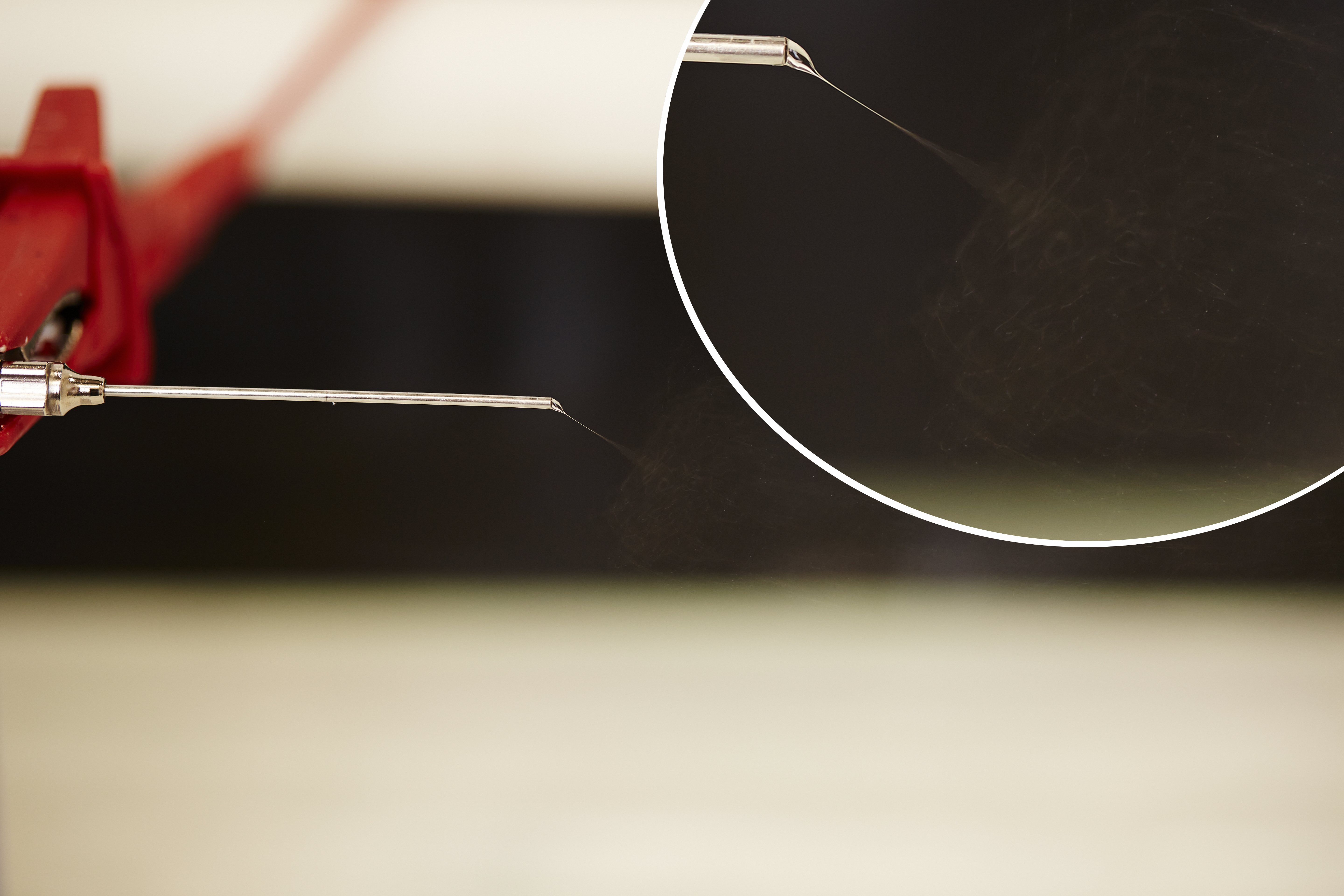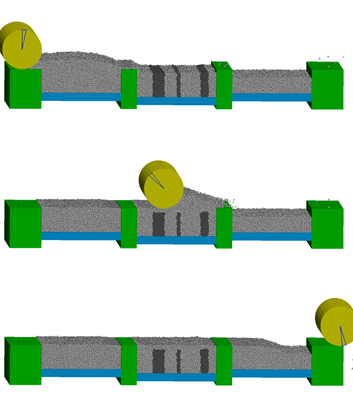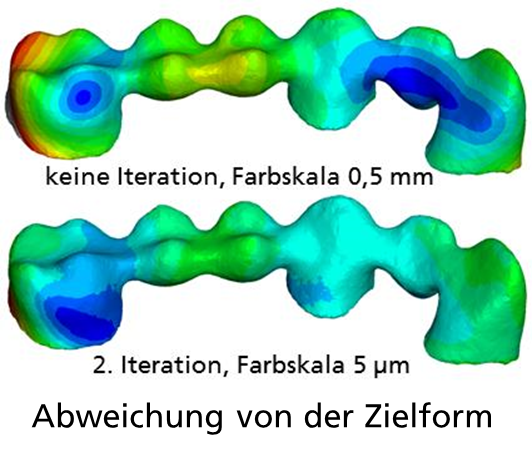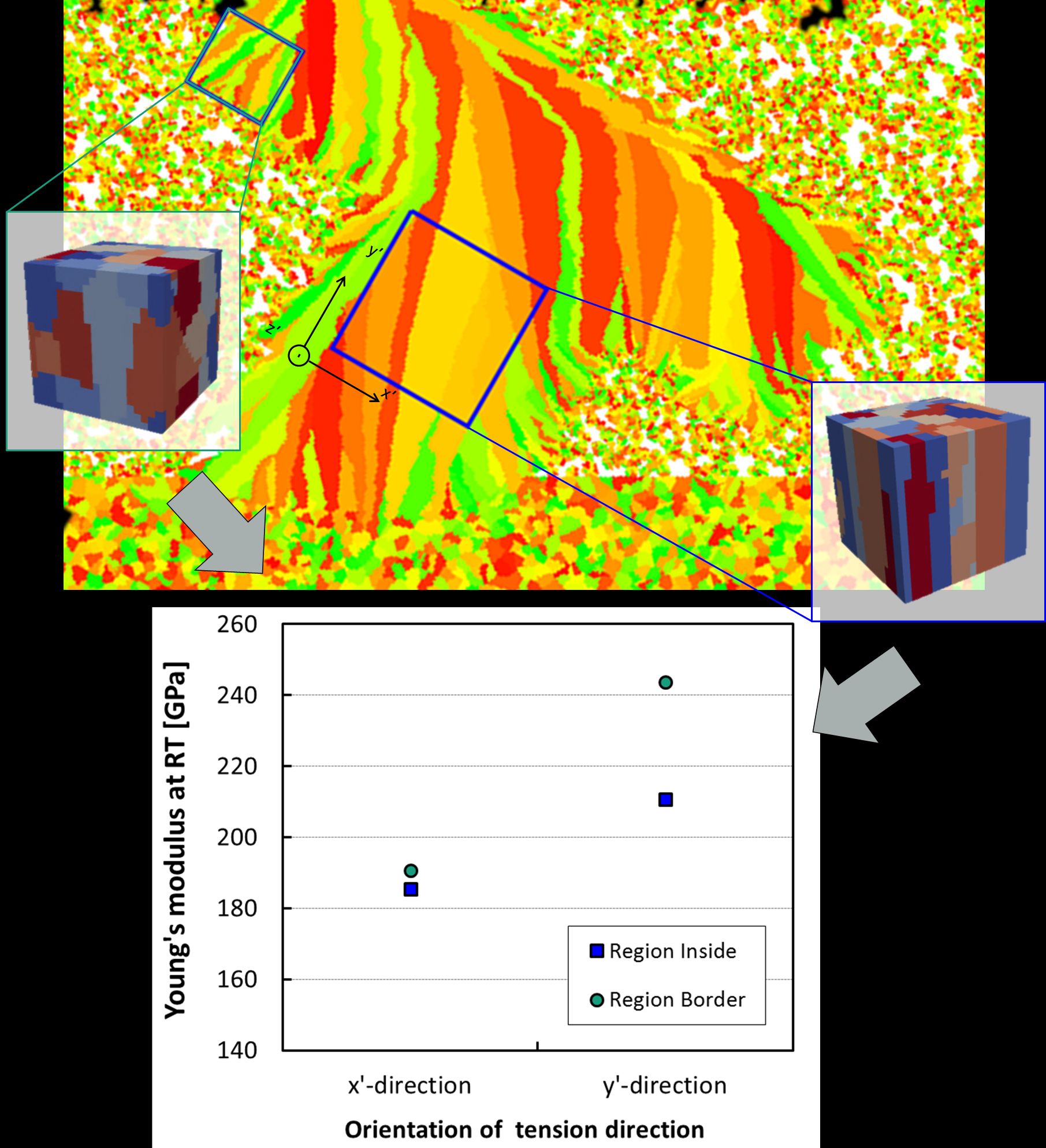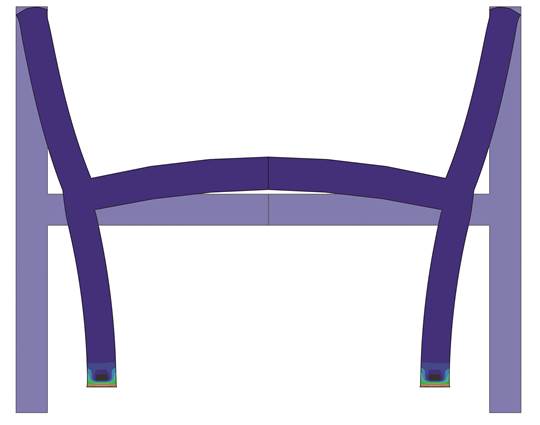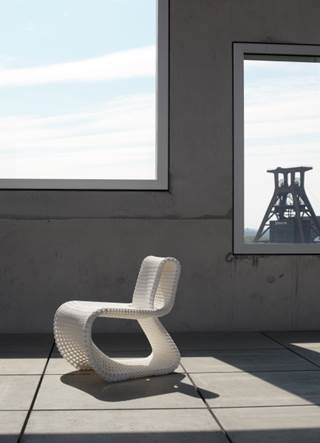Numerical simulation of powder spreading in powder-bed systems
Final surface roughness and porosity is influenced by the homogeneity of the individual powder-bed layers.
Discrete-element-simulations enable in-depth analyses the powder spreading process.
Influencing values like powder properties and processing parameters on part properties can be investigated.
Numerical simulations can replace cumbersome experimental test series to determine optimal processing parameters.
Simulations are performed using the comprehensive software package SimPARTIX.
Link:
Contact:
Fraunhofer IWM, Dr. Claas Bierwisch, claas.bierwisch@iwm.fraunhofer.de, +49 761 5142 347
